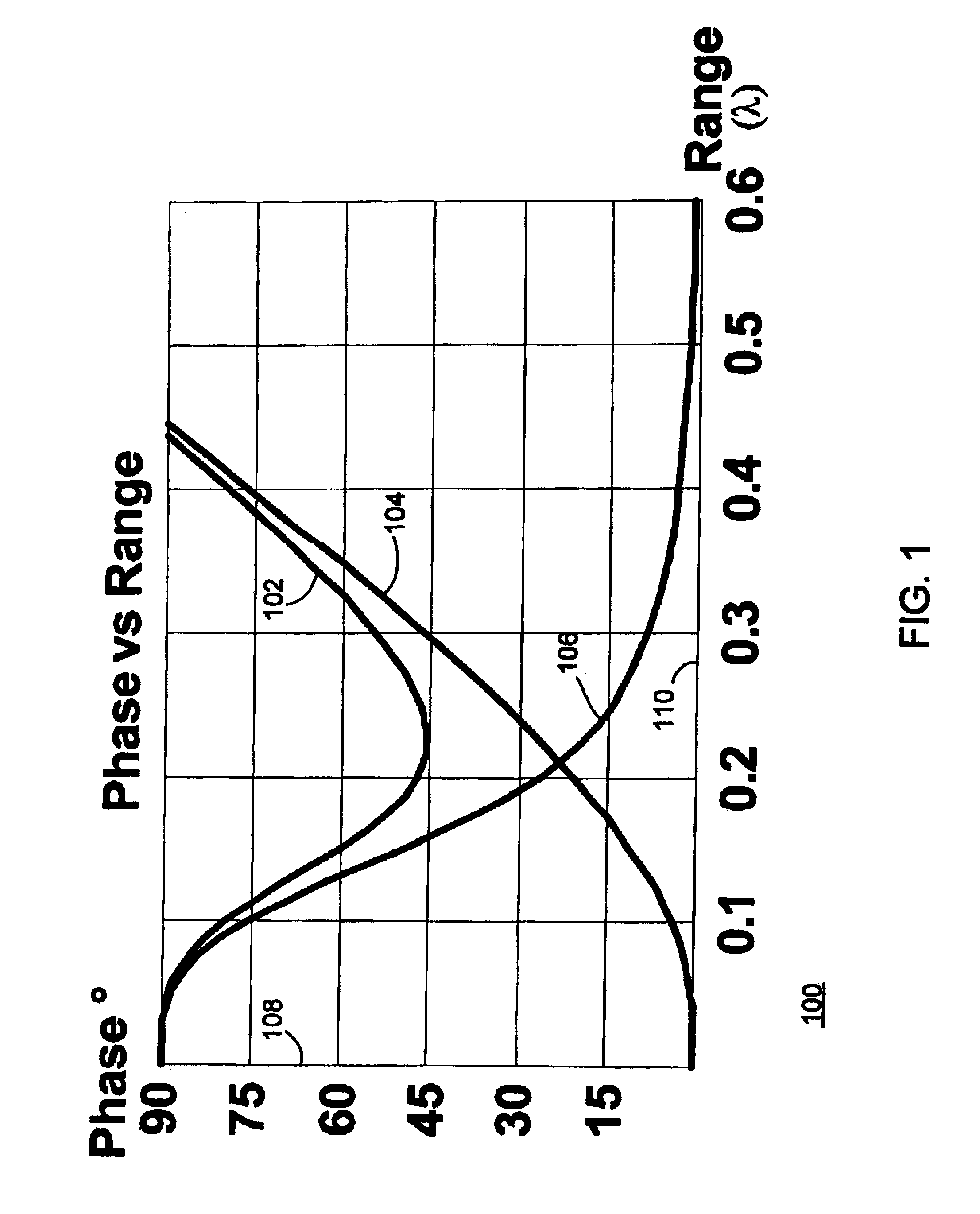System and method for near-field electromagnetic ranging
a near-field electromagnetic and ranging technology, applied in the field of measuring distance or ranging, can solve the problems of increasing the difficulty of radar detection, the inability to rotate the antenna at a high enough angular velocity, and the need for measurements taken from at least two different sources to achieve even a single range or distance calculation
- Summary
- Abstract
- Description
- Claims
- Application Information
AI Technical Summary
Benefits of technology
Problems solved by technology
Method used
Image
Examples
Embodiment Construction
[0082]Overview of the Invention
[0083]The present invention will now be described more fully in detail with reference to the accompanying drawings, in which the preferred embodiments of the invention are shown. This invention should not, however, be construed as limited to the embodiments set forth herein; rather, they are provided so that this disclosure will be thorough and complete and will fully convey the scope of the invention to those skilled in art. Like numbers refer to like elements throughout.
[0084]An Analytic Model
[0085]Suppose a transmit-only target uses a small loop antenna that behaves like a time domain magnetic dipole. A magnetic dipole may be thought of as a small current loop of area A, and a time dependent current I=I0 T(t) where I0 is an initial or characteristic current and T(t) is the time dependence. Assume the dipole lies in the x-y plane centered at the origin with its axis in the z direction. The dipole's magnetic moment m is: m=A I0 T(t), or m=m0 T(t). The...
PUM
 Login to View More
Login to View More Abstract
Description
Claims
Application Information
 Login to View More
Login to View More - R&D
- Intellectual Property
- Life Sciences
- Materials
- Tech Scout
- Unparalleled Data Quality
- Higher Quality Content
- 60% Fewer Hallucinations
Browse by: Latest US Patents, China's latest patents, Technical Efficacy Thesaurus, Application Domain, Technology Topic, Popular Technical Reports.
© 2025 PatSnap. All rights reserved.Legal|Privacy policy|Modern Slavery Act Transparency Statement|Sitemap|About US| Contact US: help@patsnap.com



